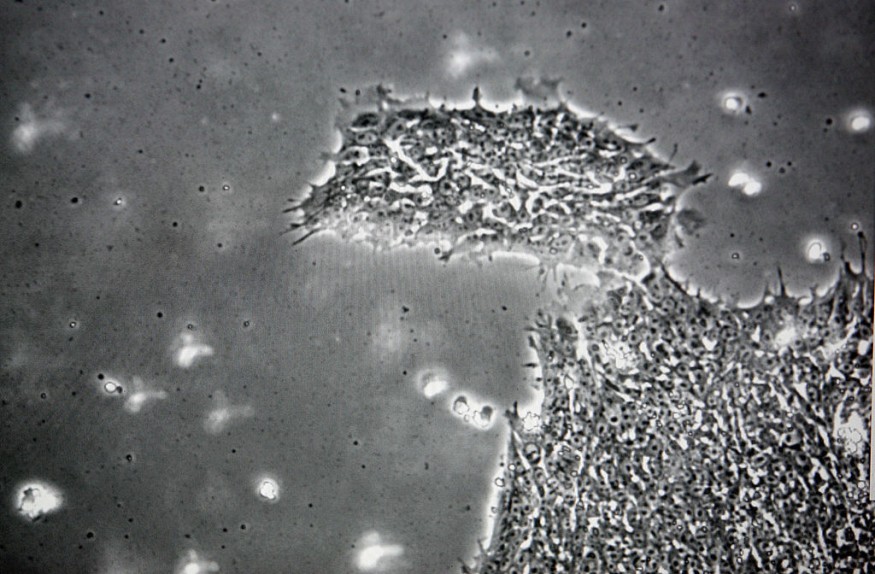Synthetic embryos from mouse stem cells formed a beating heart and a functioning brain in a laboratory, according to a new study led by the University of Cambridge.
The breakthrough study was made possible when researchers created so-called "model embryos" of lab-made mouse, as well as the foundations of all other organs of the body.
This allowed the recreation of the first stages of life during pregnancy.
The lab-made embryos were made without the interaction of any egg or sperm cells, since they were incubated in a device that looks like a "fast-spinning" Ferris wheel enclosed in small glass vials.
The results reportedly led to the realization of the scientific community that it is the first successful form of organ recreation and other methods used for mammalian embryonic development.
The new research primarily aims to develop an approach and method to address the issue of failed pregnancy or miscarriage amongst humans.
While the said research was conducted on mice, its theoretical and practical success could still be applied to human embryonic development, especially the early phases where the crucial body organs of a baby is still forming.
For decades, scientists have attempted to replicate natural organs of humans and even animals.
Due to the fragility of organs to various factors, including diseases, organ bio fabrication has served to address the issue faced by organ transplants.
Now, the challenge of ensuring that organs are formed in a cellular level is of priority, especially after the unprecedented findings on model embryos.
Lab-Made Mouse Embryos

The team published their findings in the journal Nature on Thursday, August 25, where they showed the self-organization ability of embryonic and extra-embryonic stem cells to reconstitute mammalian development, through and beyond the process of gastrulation to neurulation and early organogenesis.
While the lab-made embryos were proven a success, they only survived for eight and a half days only.
Still, they developed not only the two mentioned organs but also digestive tracts, neural tubes, or the base of a central nervous system.
Also Read: Closer Look at the Structure of Frog Embryo Yields New Insights into Development of Genetic Diseases
Synthetic Embryos
According to the study's senior author Magdalena Zernicka-Goetz, a developmental and stem cell biologist at the University of Cambridge, the result has been the dream of their community for year and has been a major focus of their work for a decade, as cited by Live Science.
The new paper also produced almost similar results with an earlier yet related study published in the journal Cell on August 1, which was led by Jacob Hanna, a biologist of embryonic stem cell at the Weizmann Institute of Science in Israel.
Hanna is also the co-author of the new Nature paper, who used a different starting stem cells but used the same incubator to culture the synthetic lab-made mouse embryos.
Last month, Harvard University bioengineers developed the first biohybrid model of human ventricles, with a beating cardiac cell.
This was made possible by recreating a helical structure of heart muscles, another feat considered as another step toward bio fabrication.
© 2025 NatureWorldNews.com All rights reserved. Do not reproduce without permission.





